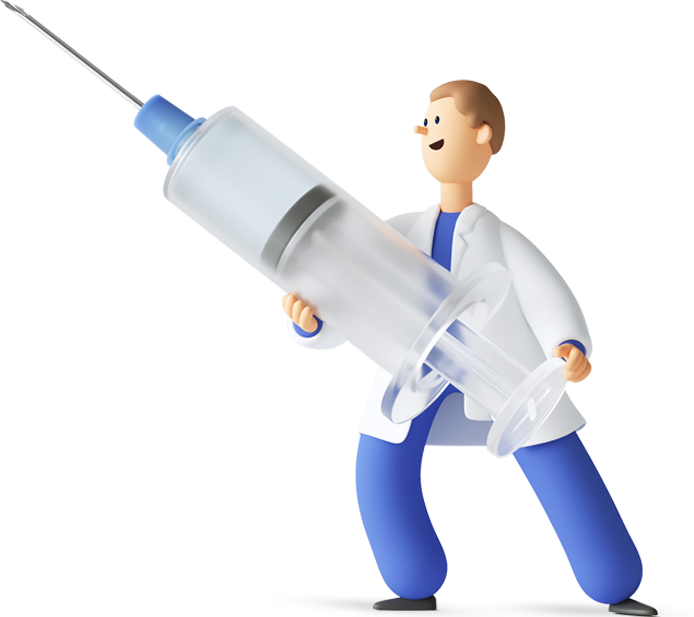Numbness And Tingling

physiotherapy for Numbness
Numbness and tingling refer to abnormal sensations characterized by a lack of feeling or a prickling, “pins and needles” sensation in the affected area. These sensations can occur anywhere in the body and often indicate nerve irritation or damage. Commonly associated with conditions such as carpal tunnel syndrome, peripheral neuropathy, or a pinched nerve in the spine, they can also arise from poor circulation, vitamin deficiencies, diabetes, multiple sclerosis, or as side effects of certain medications.
Physiotherapy for numbness focuses on identifying the underlying causes of nerve compression or irritation. Through targeted exercises, manual therapy, and modalities like electrical stimulation, physiotherapists work to improve nerve function and alleviate discomfort. Similarly, physiotherapy for tingling can help restore normal sensation by enhancing blood flow and nerve health. Treatment plans often include customized exercises to increase flexibility and strength, improving overall mobility and function. By addressing these symptoms with physiotherapy, individuals can achieve significant relief and improve their quality of life.
Symptoms of Numbness and Tingling
- Sensations of pins and needles or prickling
- Sensations of pins and needles or prickling
- Loss of sensation or feeling in the affected area
- Burning or electric shock-like sensations
- Weakness or difficulty moving the affected limb
- Numbness or tingling spreading to other parts of the body
- Persistent or recurrent episodes of numbness and tingling
Causes of Numbness and Tingling
- Nerve compression or damage (e.g., carpal tunnel syndrome, pinched nerve)
- Peripheral neuropathy
- Poor circulation
- Vitamin deficiencies
- Diabetes
- Multiple sclerosis
- Side effects of medications
What Triggers Numbness and Tingling
- Prolonged pressure on nerves
- Prolonged pressure on nerves
- Repetitive movements causing nerve irritation
- Medical conditions affecting nerve function
- Poor posture leading to nerve compression
- Injuries or trauma to nerves
- Underlying health conditions or diseases
When do you need physiotherapy for Numbness and Tingling?
If numbness and tingling persist or worsen over time, it’s advisable to seek physiotherapy. Physiotherapists can assess the underlying cause of numbness and tingling, provide targeted interventions to alleviate symptoms, and develop a personalized treatment plan. They may utilize techniques such as manual therapy, nerve mobilization, therapeutic exercises, and education on posture and ergonomics to effectively manage numbness and tingling.
How to Prevent Numbness and Tingling
Preventing numbness and tingling involves various strategies. These include maintaining proper posture to avoid nerve compression, taking regular breaks during repetitive activities, using ergonomic equipment, avoiding prolonged pressure on nerves, staying physically active to improve circulation and nerve health, managing underlying health conditions effectively, and ensuring adequate nutrition, including vitamins essential for nerve function.
Treatments for Numbness and Tingling using Physiotherapy
We at Reroute and Reboot, offer effective treatments for numbness and tingling. Techniques may include manual therapy to release nerve compression, therapeutic exercises to improve nerve mobility and function, nerve gliding exercises to reduce nerve irritation, modalities like ultrasound or electrical stimulation to promote nerve healing, and education on self-management techniques and lifestyle modifications to prevent recurrence of symptoms.


